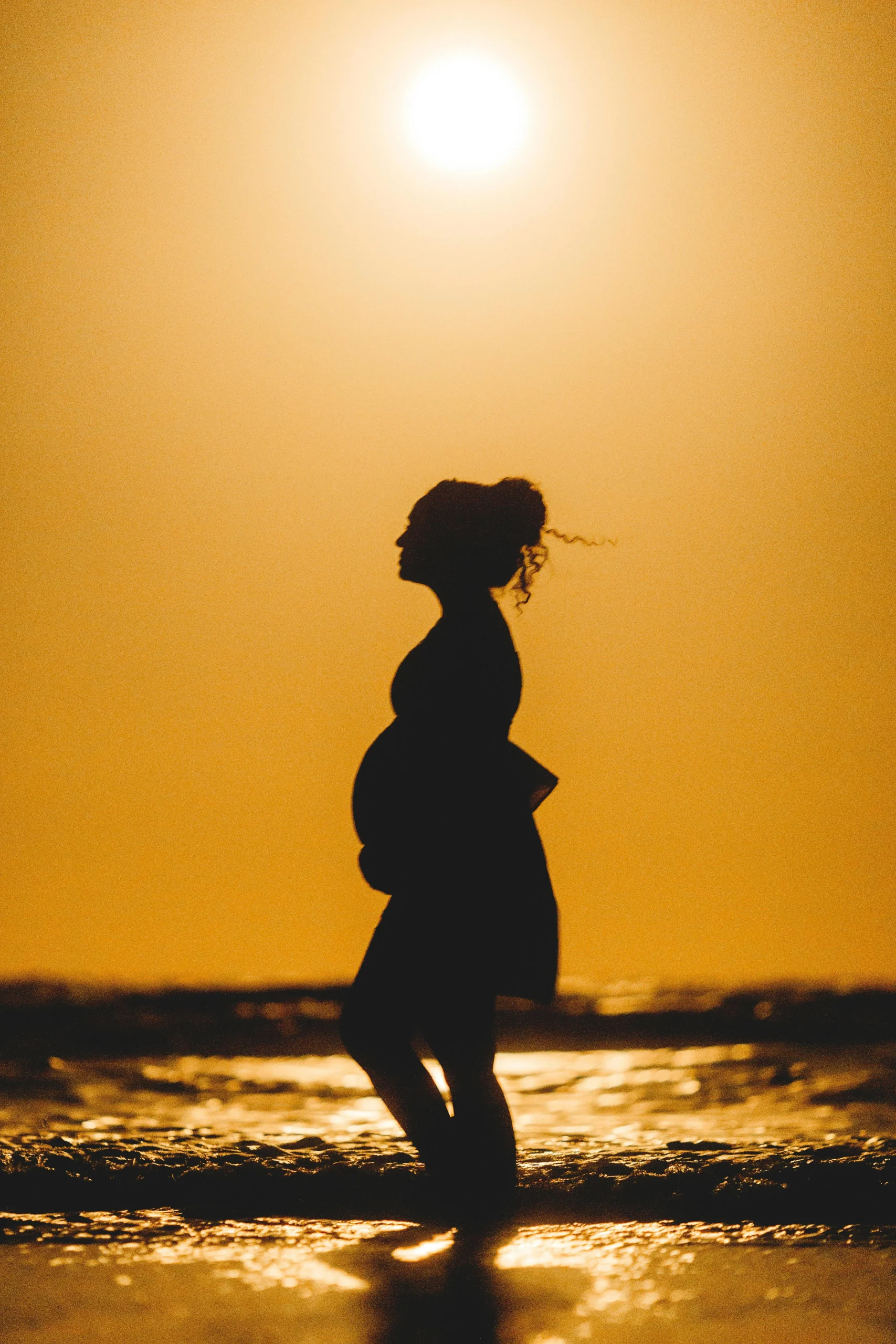Picture this: It’s the summer of 1983, and I find myself at Camp Greenwoods, a bustling hub of laughter and camaraderie. I was the unfortunate soul who sparked a lice outbreak in our cabin. While lounging on the grass with my fellow campers, an attentive counselor noticed me scratching my head. A swift visit to the infirmary confirmed my fate—I had lice. Soon enough, my bunkmates were lined up for treatment, enduring the infamous delousing process that stripped our hair of the summer’s chlorine and left us feeling vulnerable.
That evening, after the ordeal, I returned to the cabin, and everything felt different. My belongings had been taken for a thorough cleaning, and I was left with just an oversized camp t-shirt and a new brush. As I climbed into bed, the usual chatter of my bunkmates was replaced with whispers about me; I felt like a pariah, the Typhoid Mary of Bunk Three. Yet, amidst the silence, there was one constant—my best friend, Emily.
Emily, a spirited girl from Florida, had been my camp companion for two years. With her vibrant hair and flashy roller-skating jacket, she was my introduction to a world of music and fun. On that first lice-infested night, she held my hand across the bunk, reassuring me that lice could happen to anyone. Through thick and thin, she stood by me, even when the rest of the cabin succumbed to the same fate.
More than the arts and crafts or the legendary Color Wars, the most cherished memory from my summers at camp is my friendship with Emily. Unlike the friends I had at home—who often shifted with the seasons—the camp best friend is a steadfast presence. You meet her during those initial nervous days, whether at the welcome barbecue or during a relay race. The bonds formed in the camp setting are unique; they transcend the complexities of everyday life back home.
With Emily, we exchanged little tokens of friendship and shared our deepest secrets. We danced together during talent shows and cried at the end of each summer, dreading the goodbye. At home, my friends didn’t quite understand this special bond. They viewed Emily as an outsider, someone with whom they couldn’t compete. “Can I call Emily?” I would ask my mom, yearning for a connection that felt as real as it was distant. Each conversation was a thrill, a reminder of the magical summer memories we shared.
Having a best friend who existed only in that summer bubble was invaluable. She didn’t care about my grades or social status; she was simply there for me. Every summer, as we reunited, it felt like picking up right where we left off. Our interests remained unchanged, from our love of comic strips to our shared enthusiasm for summer adventures.
As we transitioned into high school and adulthood, our paths diverged, but we remained connected through letters and occasional calls. Emily pursued a career in medicine while I ventured into writing. When I published a book years later, she reached out on social media, excited to reconnect with her camp best friend.
This bond we forged, rooted in shared experiences and carefree summers, remains special to this day. If you’re curious about more on the significance of friendships and connections, you might enjoy exploring this post about the importance of maintaining relationships.
For those on their own journey toward parenthood, you can find reputable online retailers like this one that offer at-home insemination kits. Additionally, check out this excellent resource for pregnancy and home insemination to enhance your understanding.
In summary, the camp best friend is an irreplaceable part of childhood. While friendships may evolve, the memories and connections formed during those fleeting summers are timeless treasures that continue to shape our lives.

Leave a Reply